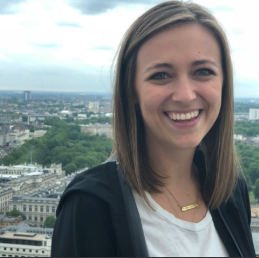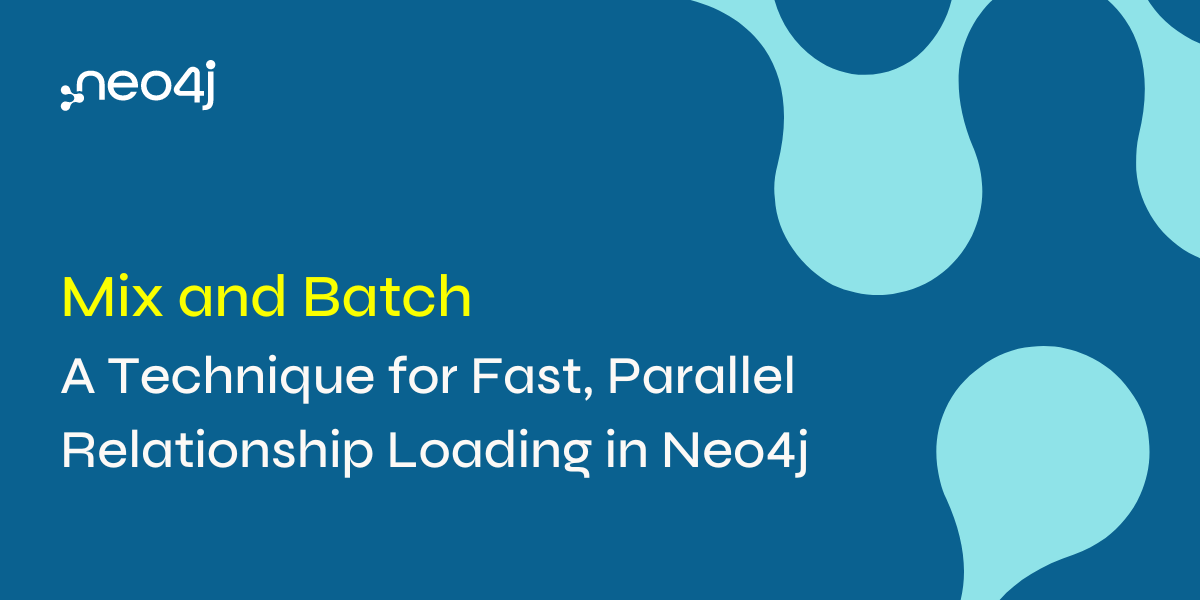Spreading the Word: The 5-minute Interview with Reshama Shaikh

Product Marketing Manager, Neo4j
5 min read

“I connect my communities by sharing the plethora of free events and tutorials that Neo4j offers. If there’s any feedback I have, I connect with the experts in the user experience folks at Neo4j. I think Neo4j and graph databases are incredibly powerful and I would like more people to know about it,” said Reshama Shaikh, Statistician/Data Scientist and consultant based in NYC.
In this week’s 5-minute interview, we spoke to Community MVP North America winner Reshama Shaikh, Graphie Award winner Statistician/Data Scientist and consultant based in NYC, about her involvement in the data science and graph database communities.
Tell us a little about yourself.
Reshama Shaikh: I’m Reshama Shaikh, and I’m a statistician/data scientist based in New York City. I have a Masters in Statistics and an MBA in Technology and Analytics. I’m also an organizer for two very active meetup groups in New York. They are Data Umbrella and NYC PyLadies. Data Umbrella is for underrepresented persons in data science, and PyLadies is for advancing women and other gender minorities in the Python community. I have been connected to Neo4j – pun completely intended – for the past three years.
How did you get involved with the Neo4j community?
Reshama: I connected with Neo4j as community organizer, thanks to very active outreach from the Neo4j developer advocate group. I first organized an event with Neo4j back in the fall of 2017. That was my first introduction to graph databases and it sparked interest in me.
After that, I was invited to GraphConnect in 2018, which is Neo4j’s biannual conference, and it was conveniently in New York City where I’m also located. I was excited to learn more about Neo4j and graph databases.
After watching several keynotes as well as other talks on the applications of Neo4j, the power of graph databases really hit me. As data scientists and analysts we’re accustomed to looking at data in various tables, but we know that the connections between them in real life are more complex. We know that at an intuitive level. And our traditional tabular storage is missing those connections and with that we’re oversimplifying our approach to our analysis of data.
It was after that conference that I wrote the article, “Graphs are the Next Frontier in Data Science.” I did that to share what I learned with other people. I also had the article cross-posted in KDnuggets, which is a platform for data science folks. It was very popular and won the gold medal blog for the week.
Do you actively use Neo4j?
Reshama: I have used Neo4j hands-on. The first time was the Saturday after the GraphConnect Conference in 2018. There was a GraphHack day and there were teams where people could use Neo4j on various types of data. It was a fun competition and so I joined a team of other people. There were a couple of other people in there who were much more advanced than I was and a couple of beginners.
I learned a lot of key things and one of them is that we need a schema to define the data relationships. I had this misconception that you take a raw table of data, read it into Neo4j, and it just produces this magical graph for you and that’s not really the case. It’s really important that those of us working with data to understand what the connections to the data are and to define it in the database.
So later that fall, I heard that one of the developers, Will Lyon, was in town all the way from Montana to teach a course on Neo4j. So I organized an internal Neo4j graph database in New York. It was also because I wanted to continue learning more about Neo4j. It was a very popular event; because I had been to a few events and used Neo4j hands-on, I was able to answer introductory questions for our event attendees.
Have you used Neo4j recently?
Reshama: As I mentioned, I’m an organizer for PyLadies and there are over 200 chapters worldwide. I have a fairly small data set and I want to try out Neo4j on my own data set, not on a practice dataset. I had some questions about dataset and I kept in touch with one of my team members from the GraphHack event. I reached out to him on a conference call and he was really, really helpful. That’s one other thing about Neo4j – as a community it is incredibly talented, welcoming, passionate, and helpful.
How do you connect your communities?
Reshama: I connect my communities by sharing the plethora of free events and tutorials that Neo4j offers. If there’s any feedback I have, I connect with the experts in the user experience folks at Neo4j. I think Neo4j and graph databases are incredibly powerful and I would like more people to know about it. The recent NODES 2020 Conference which was just In October, was a terrific way to connect with communities around the world and share about Neo4j to data scientists and other tech folks.
What do you think the future holds for graph technology?
Reshama: What I think the future holds for graph databases is that the term, the understanding of graph databases, is going to be as ubiquitous as how we hear about deep learning and artificial intelligence.
I see that Neo4j is working on a new user interface and that’s going to be helpful for beginners as well. Emil Eifrem, who is the founder of Neo4j, had said back in the 2018 GraphConnect conference, which I had tweeted out, “The biggest competitors of Neo4j are all the people who do not know about this product. We need to reach users who can and absolutely need to use graphs for that data.” And so that really resonated with me and I keep that in mind.
Want to share about your Neo4j project in a future 5-Minute Interview? Drop us a line at content@neo4j.com








